When it comes to measuring public relations effectiveness, you might wonder which metrics truly matter. Sure, you can track media mentions and engagement rates, but what do those numbers really signify about your brand’s impact? Understanding the nuances of PR measurement can help you see beyond surface-level data and identify the factors that influence audience perception and visibility. As you consider the various tools and techniques available, you’ll find that some methods can reveal surprising insights. What could those insights mean for your future PR strategies?
Understanding PR Measurement Basics

When it comes to understanding PR measurement basics, you’ll want to focus on key metrics that truly reflect your campaign’s effectiveness. Tracking the right metrics helps you align your efforts with business objectives, ensuring that your PR strategies drive real results.
Also, using the right tools can streamline your measurement process and enhance your insights.
Key PR Metrics to Track
Tracking key PR metrics like media mentions, Share of Voice, and engagement rates offers a clear, quantifiable measure of your public relations impact. By focusing on these essential PR metrics to track, you can effectively evaluate your efforts and showcase public relations effectiveness.
Here are four key metrics to consider:
- Media Mentions: This metric tracks how often your brand appears in news outlets, helping you gauge visibility and sentiment.
- Share of Voice: Compare your brand’s media presence to competitors, providing insight into your market position.
- Engagement Rates: Measure the interaction level with your content on social media platforms, indicating how well your audience resonates with your messaging.
- Sentiment Analysis: Understand the tone of media coverage to assess public perception of your brand.
Tools for Effective PR Measurement
Effective PR measurement relies on a variety of tools, such as Google Analytics, Cision, and Meltwater, to track and analyze your results accurately. These monitoring tools provide key metrics for measuring your public relations efforts, enabling you to understand the metrics that demonstrate PR effectiveness. By utilizing these resources, you can establish a clear way to measure your PR impact and assess the return on your PR investments.
When you integrate these tools into your PR strategy, you’ll be able to evaluate how well your campaigns resonate with your target audience. For instance, Google Analytics can provide insights into website traffic resulting from PR activities, while Cision and Meltwater help you track media mentions and sentiment around your brand.
Advanced Techniques in PR Evaluation

When you think about advanced techniques in PR evaluation, consider how the PESO model can transform your approach.
It not only integrates paid, earned, shared, and owned media but also highlights the importance of qualitative insights.
Implementing the PESO Model
Integrating the PESO model—Paid, Earned, Shared, and Owned media—provides a holistic perspective on the effectiveness of your PR strategy. By implementing the PESO model, you can measure a PR campaign’s effectiveness and quantify the results of your PR initiatives. This comprehensive view allows you to assess your strategy’s success using various metrics for measuring effectiveness.
Here are four key benefits of utilizing the PESO model:
- Diverse Insights: Each media type offers unique data, enhancing your understanding of PR strategy effectiveness.
- Broader Reach: Combining these media types amplifies your message, increasing potential reach and engagement.
- Integrated Measurement: You can track and analyze PR results across channels, leading to more robust public relations measurement.
- Enhanced Strategy: The model helps identify strengths and weaknesses, allowing for adjustments to improve future campaigns.
Utilizing Qualitative Insights
Qualitative insights, such as sentiment analysis and narrative evaluation, can significantly enhance your understanding of PR impact by providing a deeper context to the numbers. While quantitative metrics give you a snapshot of your public relations efforts, qualitative data supplements these metrics, offering a fuller picture of how your audience perceives your brand.
Sentiment analysis helps you gauge whether discussions around your brand are positive, negative, or neutral, giving you insight into audience feelings and attitudes. This emotional context is invaluable when measuring effectiveness, as it allows you to tailor your messaging to better resonate with your audience.
Narrative evaluation digs deeper into the stories being told about your brand, revealing themes and sentiments that numbers alone can’t convey. By harnessing qualitative insights, you can create more contextually relevant strategies that align with your audience’s perceptions and expectations.
Ultimately, integrating these advanced techniques into your PR evaluation process not only enhances your understanding of PR impact but also equips you to make informed decisions that drive better results in your public relations campaigns.
Measuring and Interpreting Key PR Outcomes

When you’re measuring and interpreting key PR outcomes, analyzing media coverage and reach is crucial to understanding your impact.
You’ll want to evaluate how your efforts translate into ROI and overall business impact.
Analyzing Media Coverage and Reach
To effectively gauge your brand’s awareness and perception, it’s crucial to analyze both the extent and quality of media coverage you receive. By measuring your PR efforts, you can understand the impact of a campaign and the effectiveness of a PR campaign.
Here are four key methods to analyze media coverage and reach:
- Utilize Media Monitoring Tools: Implement tools like Prowly or Meltwater to track mentions and sentiment across various outlets, helping you measure the impact of public relations initiatives.
- Evaluate Active Coverage: Focus on the frequency and prominence of your brand in top-tier publications to understand how well your PR work resonates with your target audience.
- Assess Share of Voice: Compare your media presence to competitors, which can provide insights into your brand’s visibility and market positioning.
- Analyze Audience Engagement: Look into social engagement metrics to measure how audiences interact with the coverage, revealing the results of your PR campaigns.
Evaluating ROI and Business Impact
Calculating the return on investment (ROI) from PR campaigns involves analyzing sales figures and conversion rates to effectively gauge financial returns. To assess the success of your PR activities, you need to focus on key metrics for measuring impact.
Start by identifying the metrics for measuring a PR campaign’s effectiveness, such as website traffic generated from press coverage or social media engagement rates.
Next, measure engagement by tracking how your target audience responds to your messaging. This insight is crucial in determining the impact of public relations efforts. Additionally, evaluate conversion rates from leads generated through PR activities to quantify the financial return on investment.
When measuring your PR efforts, consider the overall sentiment and share of voice to understand how your brand is perceived in the market. These metrics not only highlight your PR campaign’s success but also inform future strategies.
Conclusion
In measuring public relations effectiveness, you’ll find that tracking key metrics and utilizing the right tools can significantly enhance your strategy.
By implementing the PESO model and analyzing both qualitative insights and media coverage, you can gain a comprehensive understanding of your brand’s visibility and audience perception.
Ultimately, focusing on these elements will help you evaluate your PR efforts’ ROI and business impact, ensuring that your strategies drive meaningful results.


